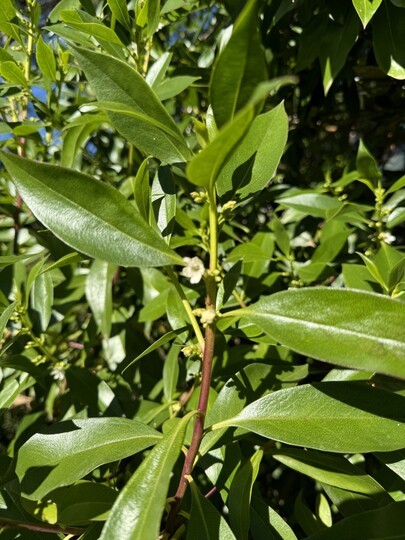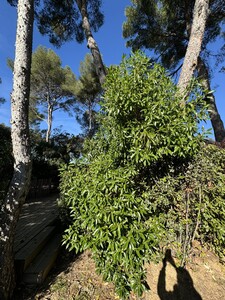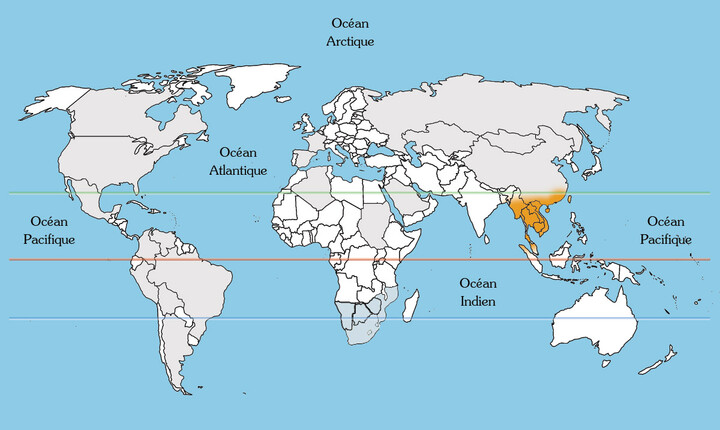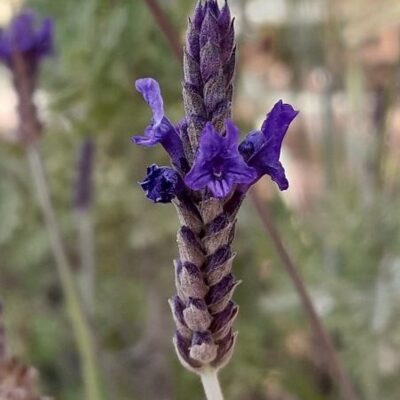Camphor tree
Presentation
Fragrant and ecological
The camphor tree, also known by its botanical name Cinnamomum camphora, is an evergreen tree native to the Far East – mainly China, Japan and Taiwan. And you’ll find plenty of them in the grounds of our four-star campsite Les Jardins de La Pascalinette ® in the Var area, French Riviera-Côte d’Azur! This tree, which can reach up to 30 metres in height in ideal growing conditions, is famed for the production of camphor, a natural substance used in a variety of fields, including medicine, perfumery and industry.
The camphor tree is also appreciated for its ornamental qualities and ecological benefits. Its shiny leaves and spreading branches provide welcome shade for our gardens. What’s more, its fragrant flowers attract pollinators, making it a valuable contributor to local biodiversity – and as you know, that is one of the top priorities of your favourite nature campsite!
A plant pharmacy
On the medicinal front, camphor has been used in traditional Asian medicine for many hundreds of years. Camphor extracted from the bark and leaves of the tree is reputed for its analgesic, antiseptic and anti-inflammatory properties. It is used to treat various ailments, including muscle and joint pain, respiratory problems and skin conditions.
Despite its many benefits, please note that camphor can be toxic if consumed in large quantities and its essential oil should be used with caution. Camphor is obtained from the bark, leaves and branches of the camphor tree by distillation. It is widely used in pharmaceutical and personal care products, as well as insect repellents and perfumes.
Identity
| Latin name : | Cinnamomum camphora |
|---|---|
| Family : | Lauraceae |
| Genus : | Cinnamomum |
| Species : | camphora |
| Color : | Green leaves, white to yellow flowers |
| Origin : | South East Asia |
| Foliage : | Evergreen |
| Port : | Tree |
| Height : | Up to 30 metres |
| Flowering : | April-July |
| Location : | 101 diablotins |
Did you know?
Place a piece of camphor wood in your wardrobe and say goodbye to moths!





